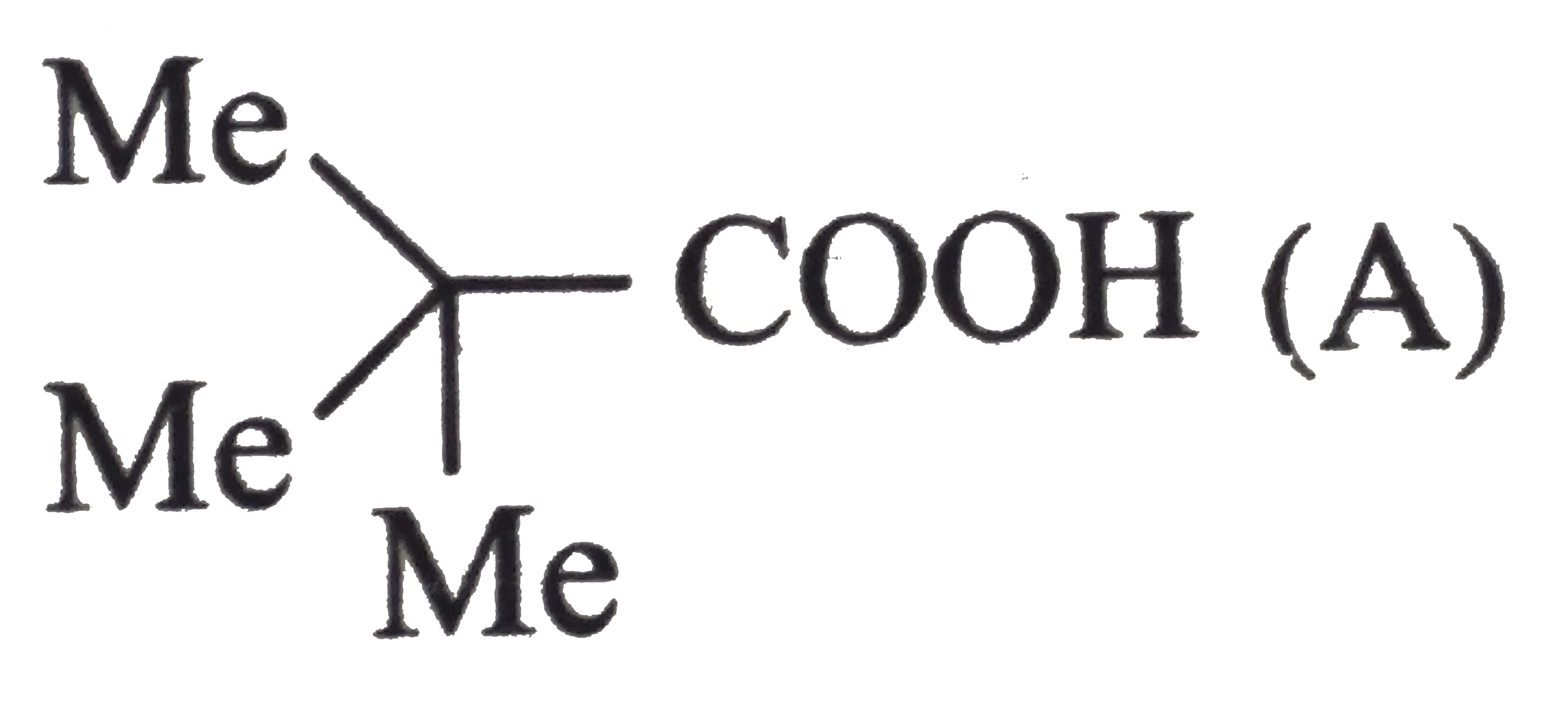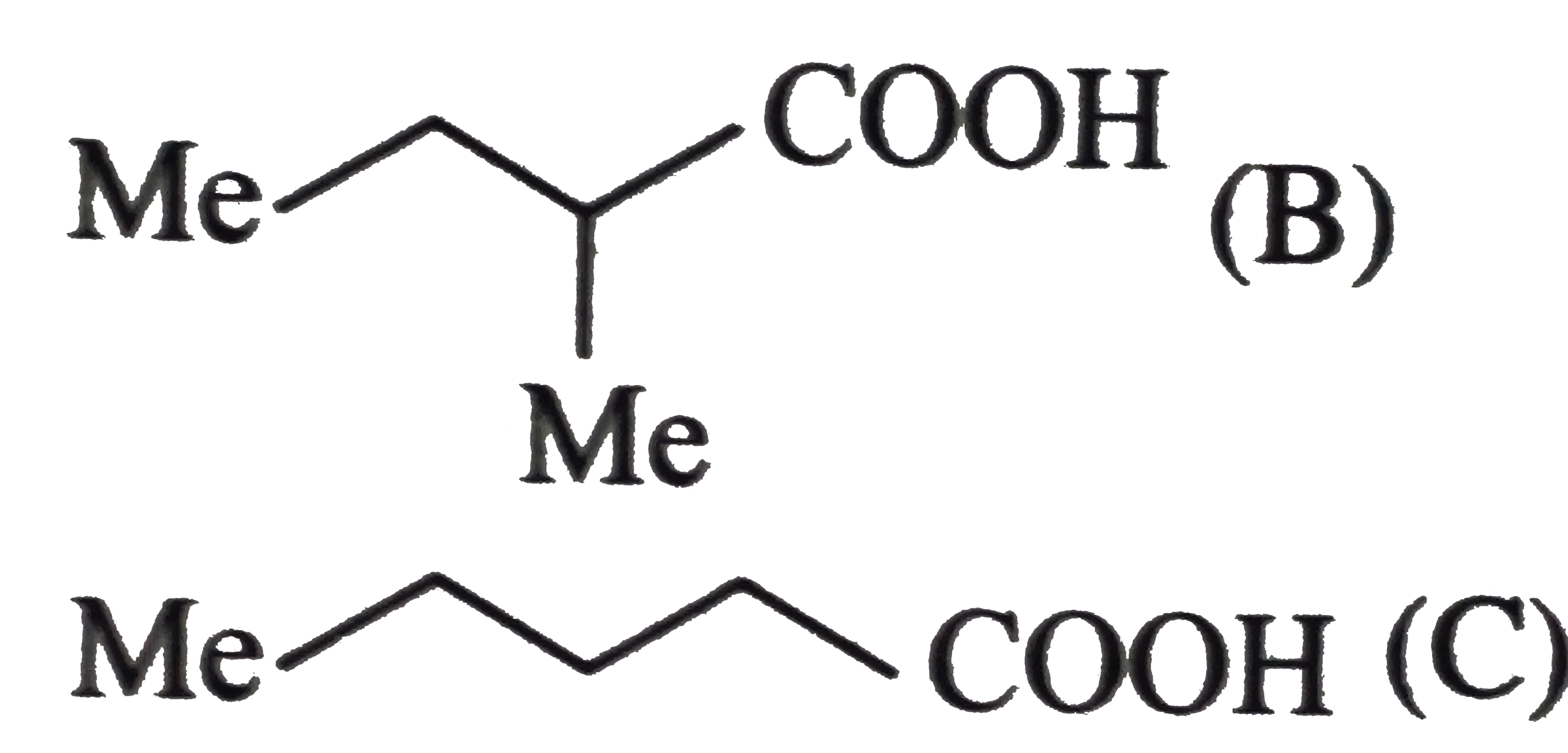Differentiate between
a. quicklime b. limewater c. slaked lime
To differentiate between quicklime, limewater, and slaked lime, we can follow these steps:
Step 1: Define Quicklime
- Quicklime is the common name for calcium oxide, which has the chemical formula CaO. It is a white, caustic, alkaline substance that is produced by heating limestone (calcium carbonate) in a process known as calcination.
Step 2: Define Slaked Lime
- Slaked Lime is the common name for calcium hydroxide, which has the chemical formula Ca(OH)₂. It is produced when quicklime (CaO) is mixed with water in a process known as slaking. This reaction generates heat and results in a white powder or a suspension.
Step 3: Define Limewater
- Limewater is a dilute solution of calcium hydroxide (slaked lime) in water. It is typically prepared by adding excess water to slaked lime and allowing it to settle, resulting in a clear solution that contains dissolved calcium hydroxide.
Step 4: Summarize the Differences
1. Quicklime (Calcium Oxide, CaO):
- A solid, white, caustic substance.
- Produced by heating limestone.
- Used in various industrial processes.
2. Slaked Lime (Calcium Hydroxide, Ca(OH)₂):
- A solid or suspension formed by adding water to quicklime.
- Used in construction, water treatment, and as a pH regulator.
3. Limewater (Dilute Calcium Hydroxide Solution):
- A clear, dilute solution of slaked lime in water.
- Used in laboratories and as a test for carbon dioxide.
- Quicklime is the common name for calcium oxide, which has the chemical formula CaO. It is a white, caustic, alkaline substance that is produced by heating limestone (calcium carbonate) in a process known as calcination.
- Slaked Lime is the common name for calcium hydroxide, which has the chemical formula Ca(OH)₂. It is produced when quicklime (CaO) is mixed with water in a process known as slaking. This reaction generates heat and results in a white powder or a suspension.
- Limewater is a dilute solution of calcium hydroxide (slaked lime) in water. It is typically prepared by adding excess water to slaked lime and allowing it to settle, resulting in a clear solution that contains dissolved calcium hydroxide.
1. Quicklime (Calcium Oxide, CaO):
- A solid, white, caustic substance.
- Produced by heating limestone.
- Used in various industrial processes.
- A solid or suspension formed by adding water to quicklime.
- Used in construction, water treatment, and as a pH regulator.
- A clear, dilute solution of slaked lime in water.
- Used in laboratories and as a test for carbon dioxide.
Topper's Solved these Questions
- S-BLOCK GROUP 2 - ALKALINE EARTH METALSBOOK - CENGAGE CHEMISTRY ENGLISHCHAPTER - S-BLOCK GROUP 2 - ALKALINE EARTH METALSEXERCISE - Concept Application Exercise
3 Videos
- S-BLOCK GROUP 2 - ALKALINE EARTH METALSBOOK - CENGAGE CHEMISTRY ENGLISHCHAPTER - S-BLOCK GROUP 2 - ALKALINE EARTH METALSEXERCISE - Ex 5.1 Objective
2 Videos
- S-BLOCK GROUP 2 - ALKALINE EARTH METALSBOOK - CENGAGE CHEMISTRY ENGLISHCHAPTER - S-BLOCK GROUP 2 - ALKALINE EARTH METALSEXERCISE - Exercises Archives Subjective
9 Videos
- S-BLOCK GROUP 1 - ALKALI METALSBOOK - CENGAGE CHEMISTRY ENGLISHCHAPTER - S-BLOCK GROUP 1 - ALKALI METALSEXERCISE - Archives Subjective
8 Videos
- SOME BASIC CONCEPTS AND MOLE CONCEPTBOOK - CENGAGE CHEMISTRY ENGLISHCHAPTER - SOME BASIC CONCEPTS AND MOLE CONCEPTEXERCISE - Archives Subjective
11 Videos
Similar Questions
Differentiate between slaked lime and lime water
View SolutionDifferentiate between quicklime and Slaked lime.
View SolutionDifferentiate between lime and lime-water.
View SolutionDifferentiate between the following acids :
(a)
(b)
View Solution(a) Differentiate between a template strand and coding strand of DNA.
(b) Name the source of energy for the replication of DNA
View SolutionExplain the mechanism of sex-determination in humans.
b) Differentiate between male heterogamety and female heterogamety with the help of an example of each.
View Solution(a) Differentiate between exons and introns.
(b) What is a plasmid? Why is it selected as vector?
View Solutiona) Explain the mechanism of sex-determination in humans.
b) Differentiate between male heterogamety and female heterogamety with the help of an example of each.
View SolutionDifferentiate between
(a) Open circulatory system and closed circulatory system.
(b) Oviparous and viviparous characteristic.
(c ) Direct development and Indirect development.
View SolutionDraw a labelled diagram of a sectional view of humen seminiferous tubule.
(b) Differentiate between gametogenesis in humen males and females on the basis of
(i) time of initation of the process.
(ii) Products formed at the end of the process.
View Solution
